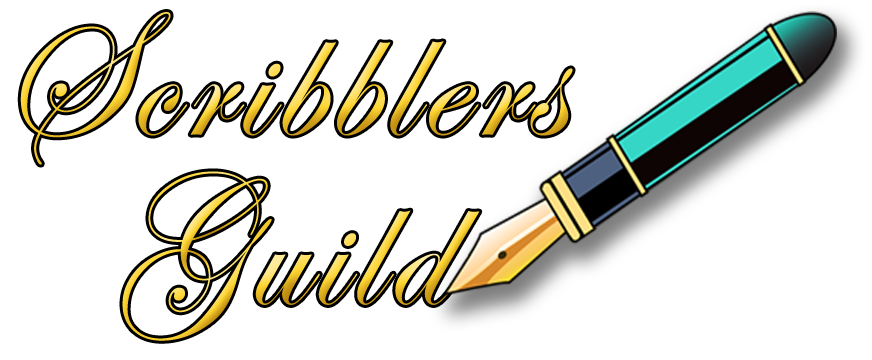Fish-heads and Hooks

What’s a fish-head and what does it have to do with writing?
I heard this term from an author friend who heard it from her first writing teacher, forty years ago. This teacher used the metaphor of a fish-head to warn her students about a common situation that happens when a writer’s in the earliest stages of creating a story.
She said writers often begin writing a scene, thinking it’s the start, but it’s not in fact, the true beginning of the story. Instead, the fish-head is the scene or scenes that the writer needs to write first, to begin bringing the story into focus. You have to write this before you reach a point where you can identify the real beginning. Once you know the real opening scene, it’s time to cut off the fish-head.

When we start a story, we may have a clear vision of some of the scenes — the ones that have a lot of narrative drive or portray the characters clearly. We leap in feet-first and begin writing these scenes simply because we see them clearly, but they are not really where the story starts.
More often than not, the fish-head is a vast amount of backstory the writer needs to know or to work out in their mind, in order to build their characters, their worlds, their timeline, and their conflict.
What usually results is a massive info-dump. It may be information that the author feels the reader needs to know about a character, or it may be setting, history, systems of government, how magic works or nostalgic recollections of other times, but when it’s dumped at the start of a story, 99% of the time, it’s boring and even unnecessary.
It’s unnecessary for the reader.
But it’s not unnecessary for the writer. The writer must know this stuff for the story to hold together, but for a story to work, readers must be pulled in immediately, with action, with intrigue, and with the story question.
This poses a problem for the writer. If your reader needs to know certain information in order to grasp the situation, how can you convey it to him without boring him to tears?
Stories are supposed to start with the protagonist in their normal circumstances before the inciting incident upsets everything, right?
But how can you show your readers the protagonist’s normal, everyday circumstances and still keep them interested even before the main conflict starts?
How can you show the necessary backstory without boring your readers? Normal is, almost by definition, boring. It’s what the character’s accustomed to. It’s… well… normal.
You show them
You show your reader what’s wrong with the status quo. You indicate your protagonist’s main desire right from the get-go. Give him something he wants badly and a reason he can’t have it. Introduce conflict which opposes this desire and shows the kind of character he is. It doesn’t have to be car chases and brutal murders, (though it can be). It can be as subtle as “a disturbance in the Force”. But it does have to let the reader know that all is not right in the character’s world. It does have to set up the main story question and pave the way for the inciting incident.
 Then cut off the fish-head. Get rid of the info dump and start with the real beginning scene. Keep the information you’ve already written so you can use bits of it in other scenes later in the story to fill in information gaps. Sprinkle essential nuggets of information throughout the story when and where they’re needed for the reader to understand the action. And don’t be afraid to withhold information to keep your readers guessing. You want them guessing. You want them curious.
Then cut off the fish-head. Get rid of the info dump and start with the real beginning scene. Keep the information you’ve already written so you can use bits of it in other scenes later in the story to fill in information gaps. Sprinkle essential nuggets of information throughout the story when and where they’re needed for the reader to understand the action. And don’t be afraid to withhold information to keep your readers guessing. You want them guessing. You want them curious.
Keep the reader intrigued by the story question… Will your character find the treasure, win the girl, defeat the villain? Will he learn what he needs to learn in time to save the galaxy? Will she discover the courage within herself to declare her love before her soulmate is snared by the wrong person?
In order to do this, you need to show the kind of want or need or yearning, right from the start. It can start off small — frustration at parental restrictions, financial insecurity, rejection by a friend, a desire for a thwarted career.
When we know what the character wants, and that desire is opposed or blocked, we immediately relate to their predicament, because we’ve all felt that way. It immediately sets up the conflict, which is the emotional driver for your narrative. Every scene in your story should contain some conflict, or if not actual conflict, information, insight, or some other thing that changes the trajectory of the story, so we see the character continually moving forward or back from their desire.

When you use the contents of your fish-head to provide information and backstory sprinkled throughout the entire narrative, it offers all kinds of opportunity to increase the conflict, suspense and tension without driving your reader away in the first scene.
Use the question inherent in your first scene to hook your readers and reel them in. Then, feed them the rest of the fish-head throughout the story.
Happy Writing!

Beverley Hanna
Trained as an artist in the late 1960’s and early 1970’s, I was one of the first creatives to be employed in the computer graphics industry in Toronto during the early 1980’s. For several years, I exhibited my animal portraiture in Canada and the U.S. but when my parents needed care, I began writing as a way to stay close to them. I’ve been writing ever since. I run a highly successful local writer’s circle, teaching the craft and techniques of good writing. Many of my students have gone on to publish works of their own. I create courses aimed at seniors who wish to write memoirs, with a focus on the psychology of creatives and the alleviation of procrastination and writer's block.
